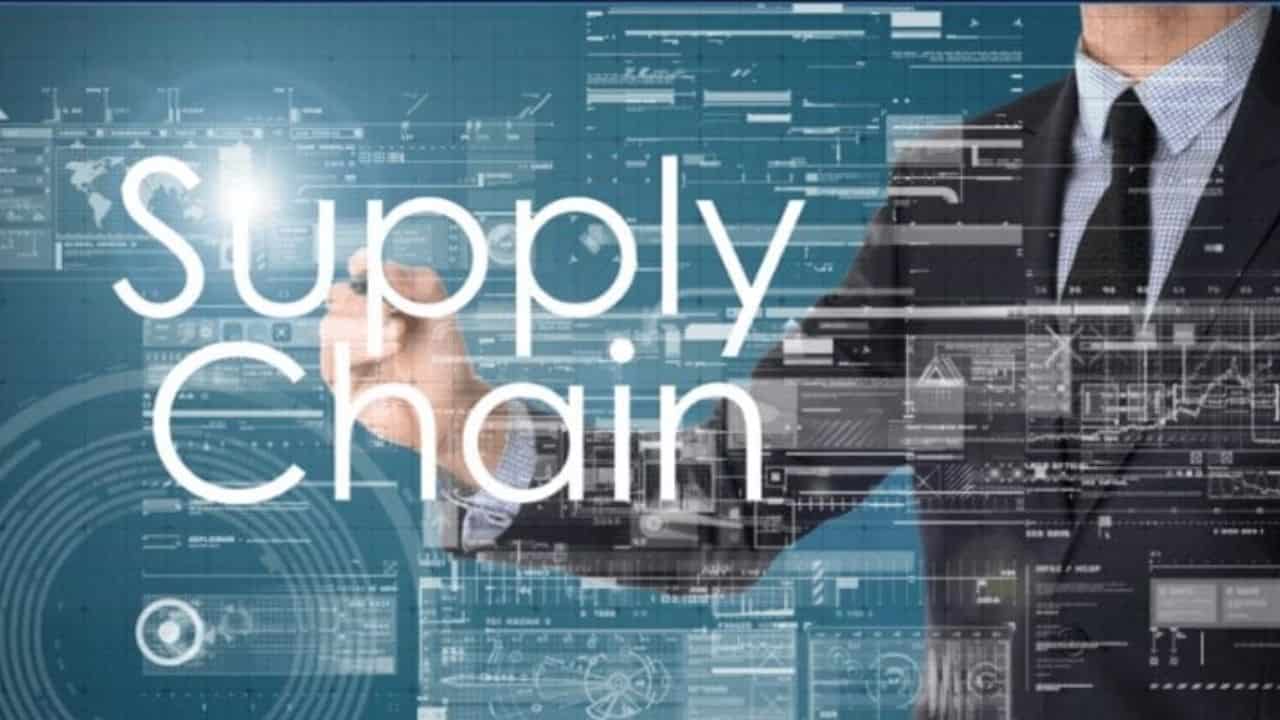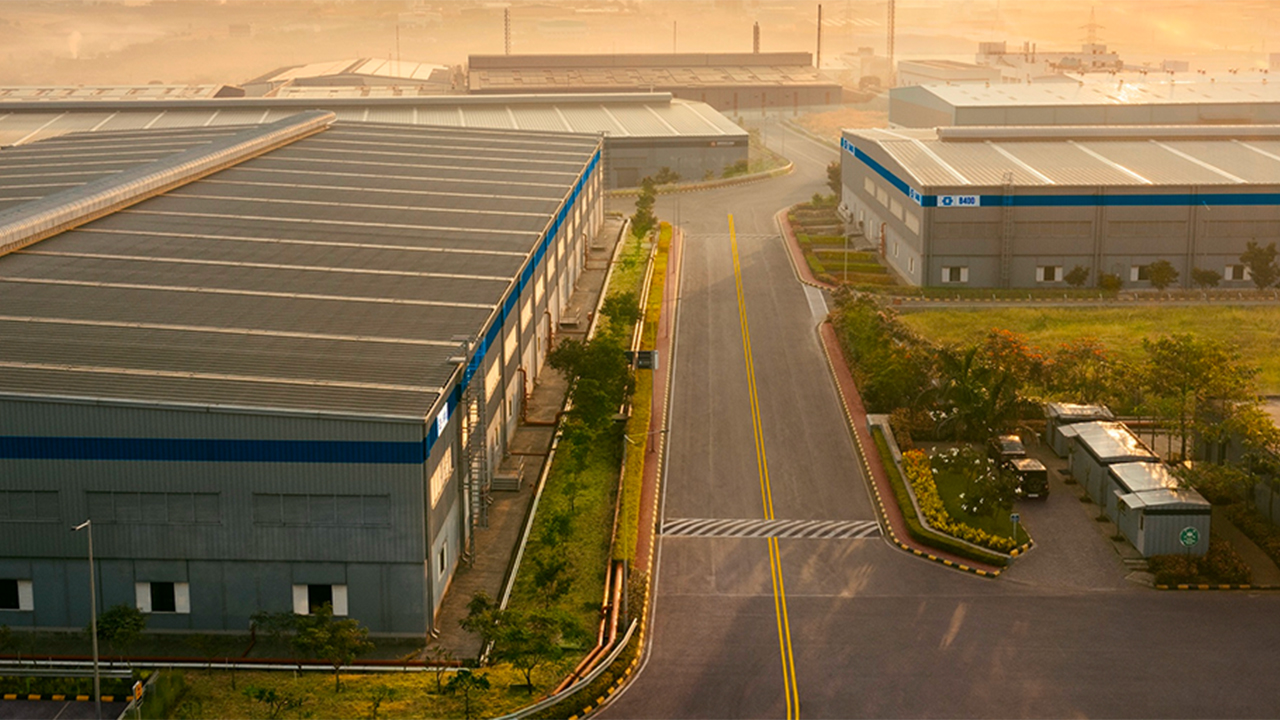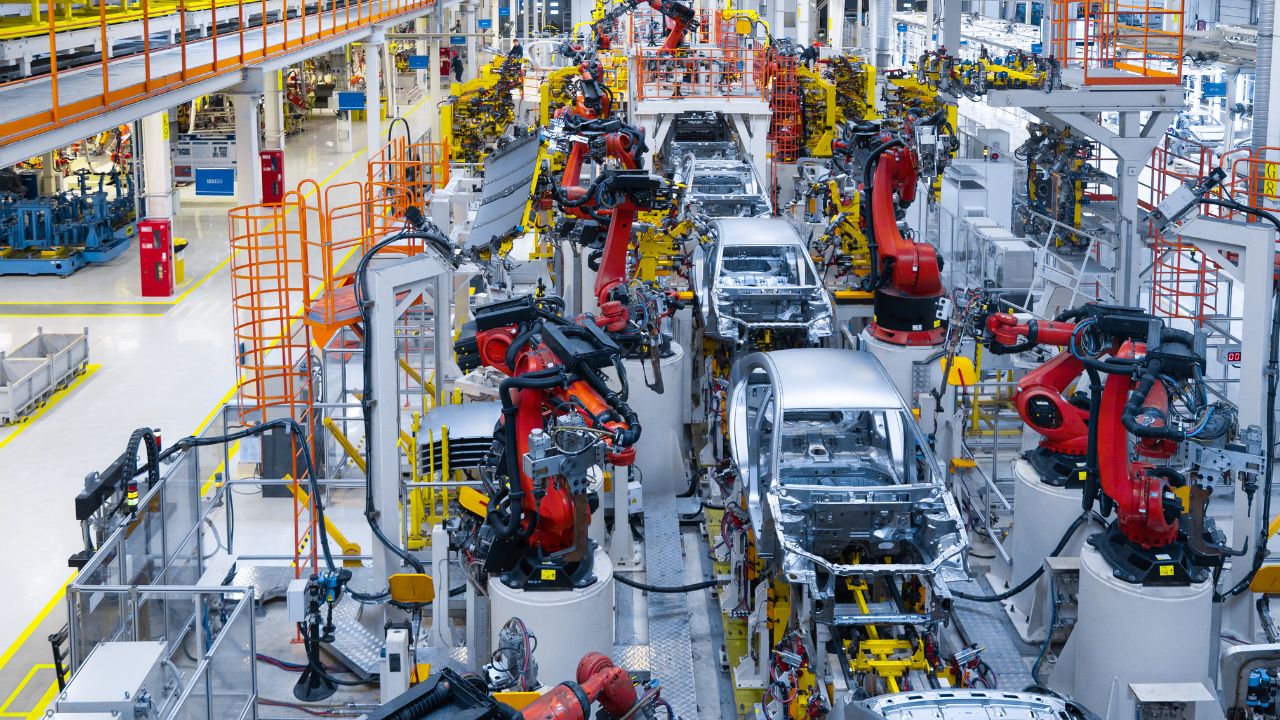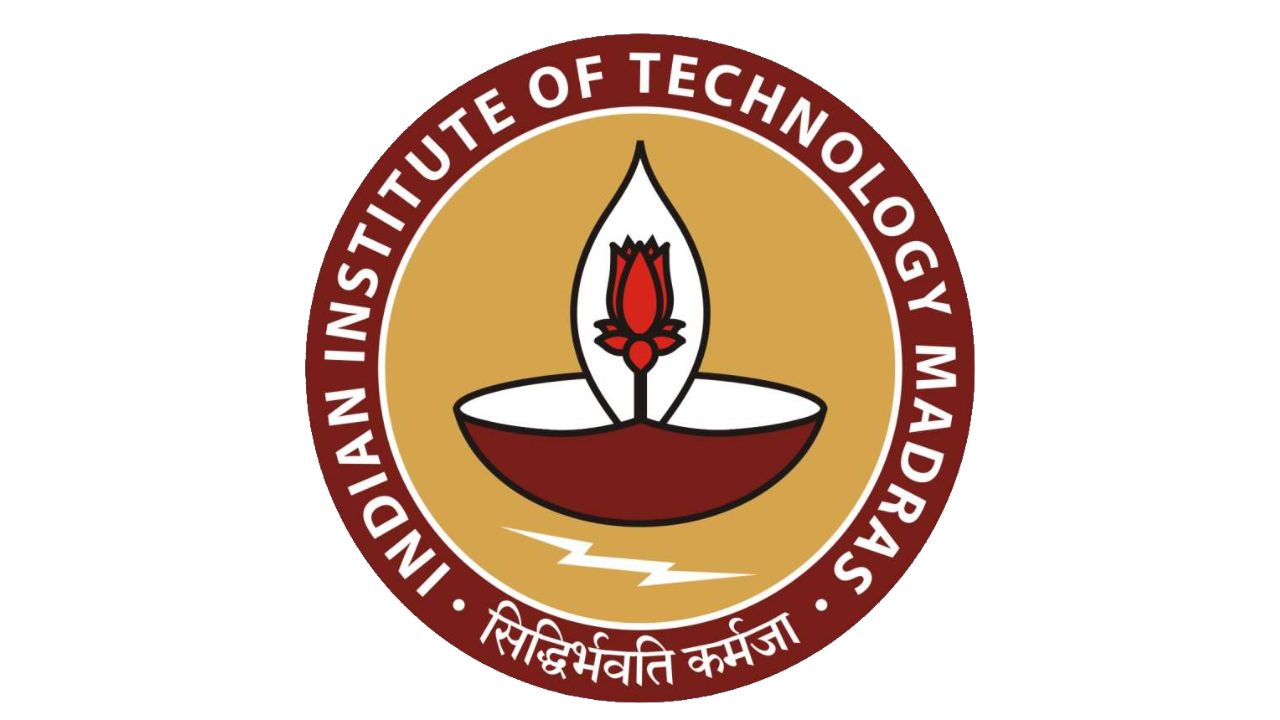A Mechanical Engineer with Post graduation in Industrial Management, both from IIT BHU and MBA (Specialization-Petroleum management) from University of Ljubljana, Slovenia, Mr. Sameer Garg has over 36+ years of rich & diverse experience in Supply & Distribution, marketing & sales of petroleum / petrochemical products via various channels in Indian Oil Corporation Ltd the largest National Oil Company of India. Mr. Garg has worked at Corporate Office in Business Development, all India Supply and Distribution and Gas business. Established IOC Polymer business worth 20000 Crs/per annum. He has also worked for LNG at the doorstep project of IOC. He joined Indian Oil Corporation Ltd, Marketing in Jun’1983 and superannuated in Feb’2020 as General Manager (Aviation) from Head Office, Mumbai.

Unforeseen events cannot be avoided but, it is possible to create a balanced supply chain system in the industry.
Matching supply with demand in any industry is always a challenge. Actual sales rarely match forecasted sales. Demand variations are balanced through inventories or by altering production. The production itself is subject to machinery and raw material availability. Thus, the supply chain stability is subject to vagaries of demand and production together because of unforeseen events both at demand and production side. Such events are like a pebble in still water which causes a ripple effect in the Supply Chain system.
Even if an industry is producing simply two products, in case of disruption in the production, it has a choice either to forgo the production of one product or the other. In either case, the availability of the product will reduce in the system of one or other product. Chain of events does not stop here. In both cases, inventory of raw material will either be added or reduced with respect to one or other product. It shall call for re-adjustment in the procurement plan as well as the sales plan.
Similarly, variation in demand impacts inventory first and then production plan. It is followed by changes in the procurement plan for raw material inventory replenishments. Any decision needs to be based on trade-off with respect to cost, margins, available raw material and demand etc.
Practically every Supply Chain (SC) is a dynamically interconnected System of several variables e.g. inventory, demand, supply etc. Every Supply Chain system encounters planned ( e.g. sales promotion or scheduled maintenance) or unplanned ( machine failures, power failures, logistic failures, unforeseen demand upsurge) events. Each event triggers several events e.g. low stocks or stock-outs of either input or output in the Supply Chain system. Few events surfaces immediately and few surfaces after days or months. Such events call for interventions in the system.
In very large systems (multiproduct, multi-location) several events occur parallelly. These events trigger multiple events which are difficult to visualize in static systems. Complications multiply as each function is handled by a different person. Considerable time and effort is consumed to collate information to crystalize the action to be taken, resulting in delayed action. Also, the real impact of action taken, surface much later. The time lag between action and outcome further complicates the system. Such underlying currents also cause conflicts among departments. The most common among them is the production vs marketing team.
A System Dynamic (SD) model of supply chain offers answers to several limitations of traditional SCM. SD models offer interconnectivity of all the variables on a real-time basis. It offers visibility in the system across the complete Supply Chain. Every variable of the Supply Chain and its relationship is simulated and dynamically connected. Models can be built, reflecting quantitative and financial impact. Plan vs actual can be tracked on a real-time basis. The most amazing feature is that one can foresee the events on account of variation in production, demand or procurement both plan vs actual, on a real-time basis. Not only that it also reflects the impact of decisions taken, prospectively.
In case there is a loss of production and demand is sustained the system will predict stock-outs or low inventory after 10, 15 or 20 days as may be the case. Any variation in receipt or rescheduling of raw material purchase will predict inventory levels in time to come.
SD models offer Predictive, Prescriptive, What-If (scenario building) and Trade-off analysis. It can also be designed to offer an impact on margins (financial analysis) for any proposed alteration in the plan. Such capability allows the production team to make informed decisions to change production plans. In case of any proposed campaign, raw material procurement plan, production re-scheduling can be done with a visible impact on the system. Thus, advance preventive actions can be chosen to minimize the major disruption e.g. stock-outs or overflow. An SC system can be optimized on a daily basis as well as on a long-term horizon.
Date wise visibility of the critical parameters on the forward time horizon is key to the SD model. Necessary mitigation measures can be taken well in advance wherever needed to arrive at desired outcome. Systems can be designed for alerts in case of likely stock-outs in days to come for which corrective actions can be taken in advance. Impact of corrective actions can also be visualized and fine tuned as desired.
A major oil company imported a large parcel due to production failure to meet the demand. When the parcel arrived cargo could not be unloaded as there was no ullage, resulting in a huge penalty. The main reason was 60 days’ time lag between order and the receipt for the imported parcel. Unmet demand was lost during the delay and production started by the time shipment arrived. Had there been an SD model, it would have predicted a glut in the system, the moment the arrival date of cargo and production scheduled fed into the dynamic model. Additional time would have been available to reschedule or cancel the imported parcel because the model would have allowed to look into demand-supply-inventory balance in days to come (visibility in the system).
An early example of the SD model of SC, is the model developed by Shell in 1970. It developed a system dynamic model by simulating real life events of the supply chain. With the advancement of computers, and IT technology it has become possible to develop highly interactive and dynamic models which can maximize SC efficiency. Advancement in IoT, AI, Big data analysis, cloud computing etc., real time functionality of SD models has enhanced further.
There are several service providers which offer SC solutions (dynamic models) e.g. Microsoft Dynamics 365, Infor CloudSuite / Nexus, Oracle NetSuite, Plex Systems, JDA / Blue Yonder, Manhattan Associates, SAP S/4HANA and Ariba, Oracle ERP and SCM Cloud, HighJump, IFS, Anna plan, Aspentech etc. Every product has its pros and cons depending on the user's requirement. Few offer cloud based SaaS, few are suitable for very large industries, so on so forth. One has to match his kind of industry in terms of type and size and choose suitable service providers. In addition to this System Dynamic software are also available to create SD models.
My experience in an oil marketing company is that planning and transactions are carried on two different platforms. As a result plan vs actuals monitoring is not available automatically. Same is done periodically if required leading to mismatch frequently. A dynamic model would have helped in monitoring and optimizing production, dispatch plan and inventory reducing ad hoc decisions. Now the Company is working on SAP HANA as it already has a working SAP transactional platform.
With SD models correction in SC can be planned more efficiently with fewer failures and optimum utilization of resources. A system can be monitored on a daily basis. Date wise prospective visibility of the system including impact of decisions taken, offers a high degree of efficiency. It is a powerful tool to achieve maximum efficiency on a real time basis. Designing a true representative dynamic model shall depend on identification of various variables of a SC and their interrelationships. SD models also offer to optimize working capital by optimizing inventories with desired service level.
A study has found that more than 50% organizations still use manual or excel basis planning tools for SCM. At times the high cost of implementing such tools is a deterrent.
Any and every industry can explore the possibility of adopting SD models for SCM big or small for efficient operations both physically as well financially.

NEWSLETTER
TRENDING ON PRO MFG
MORE FROM THE SECTION








